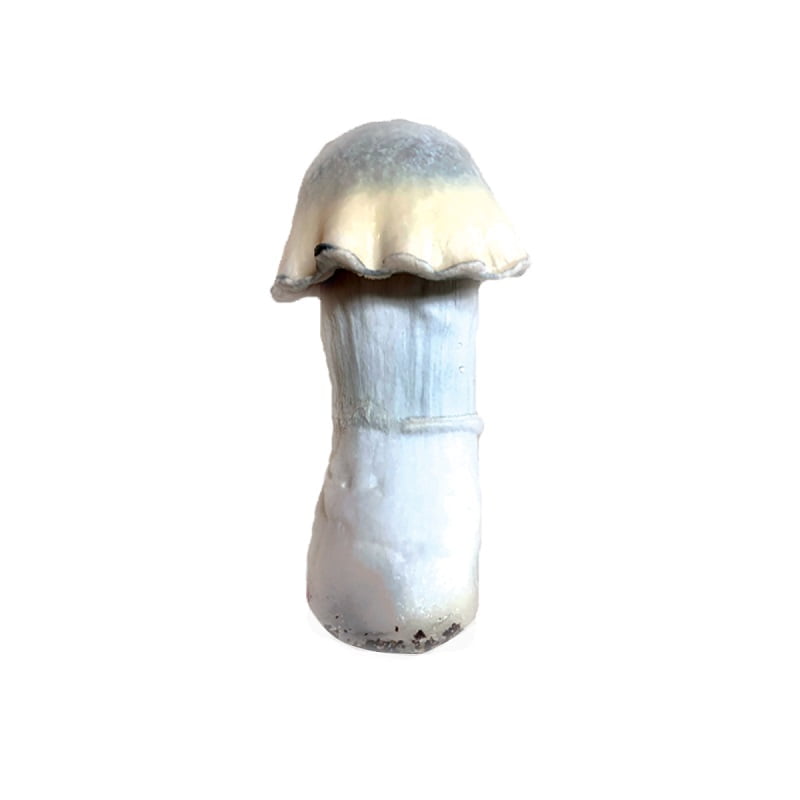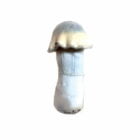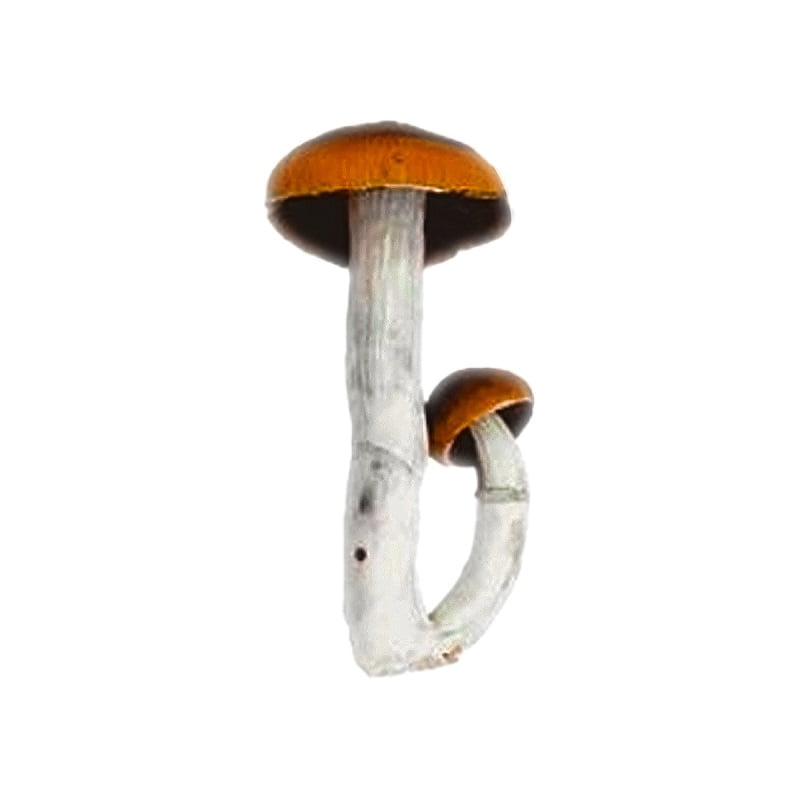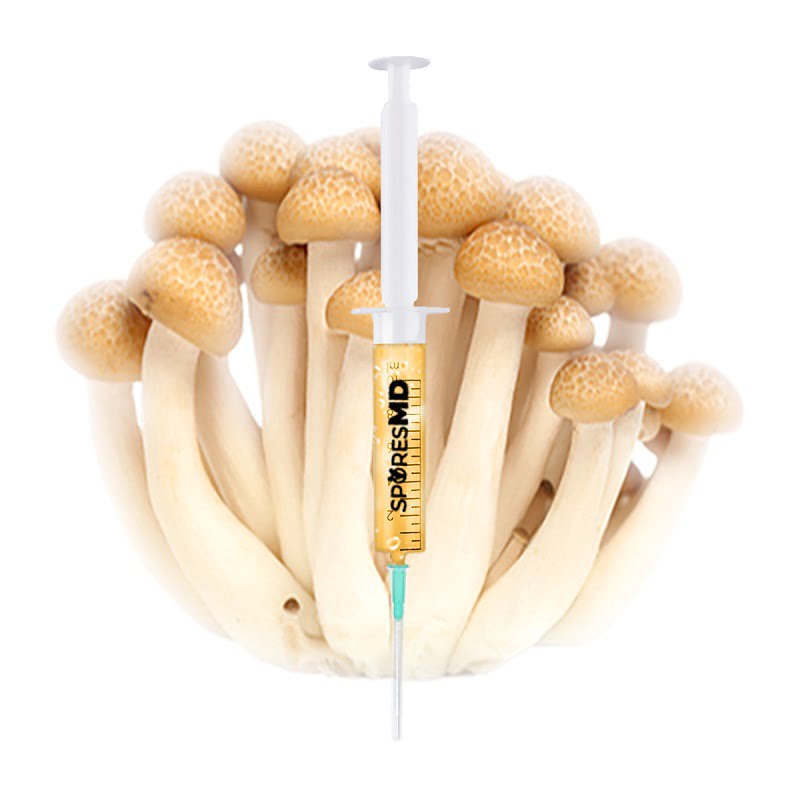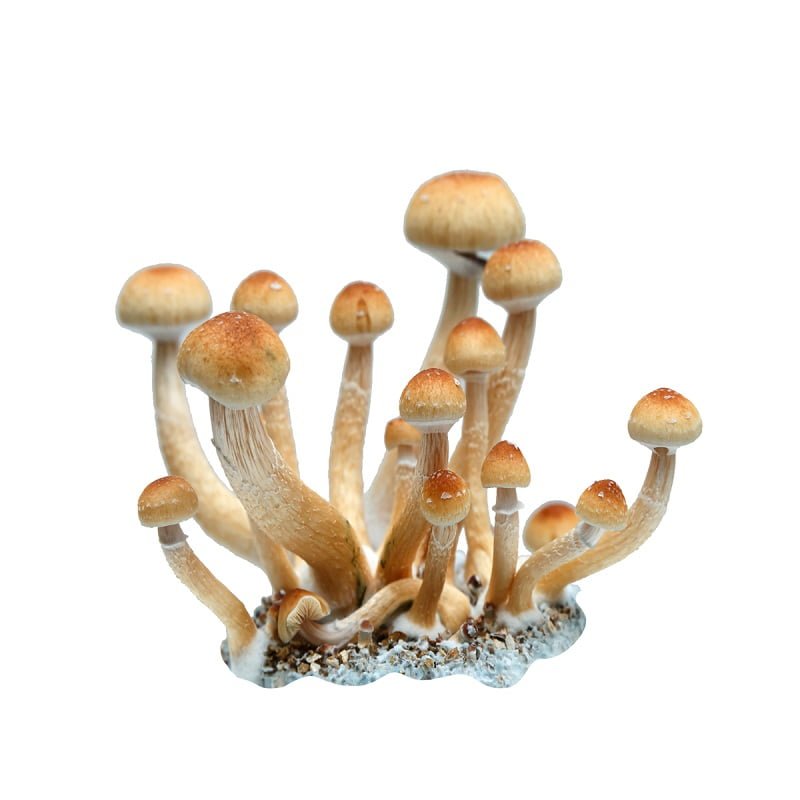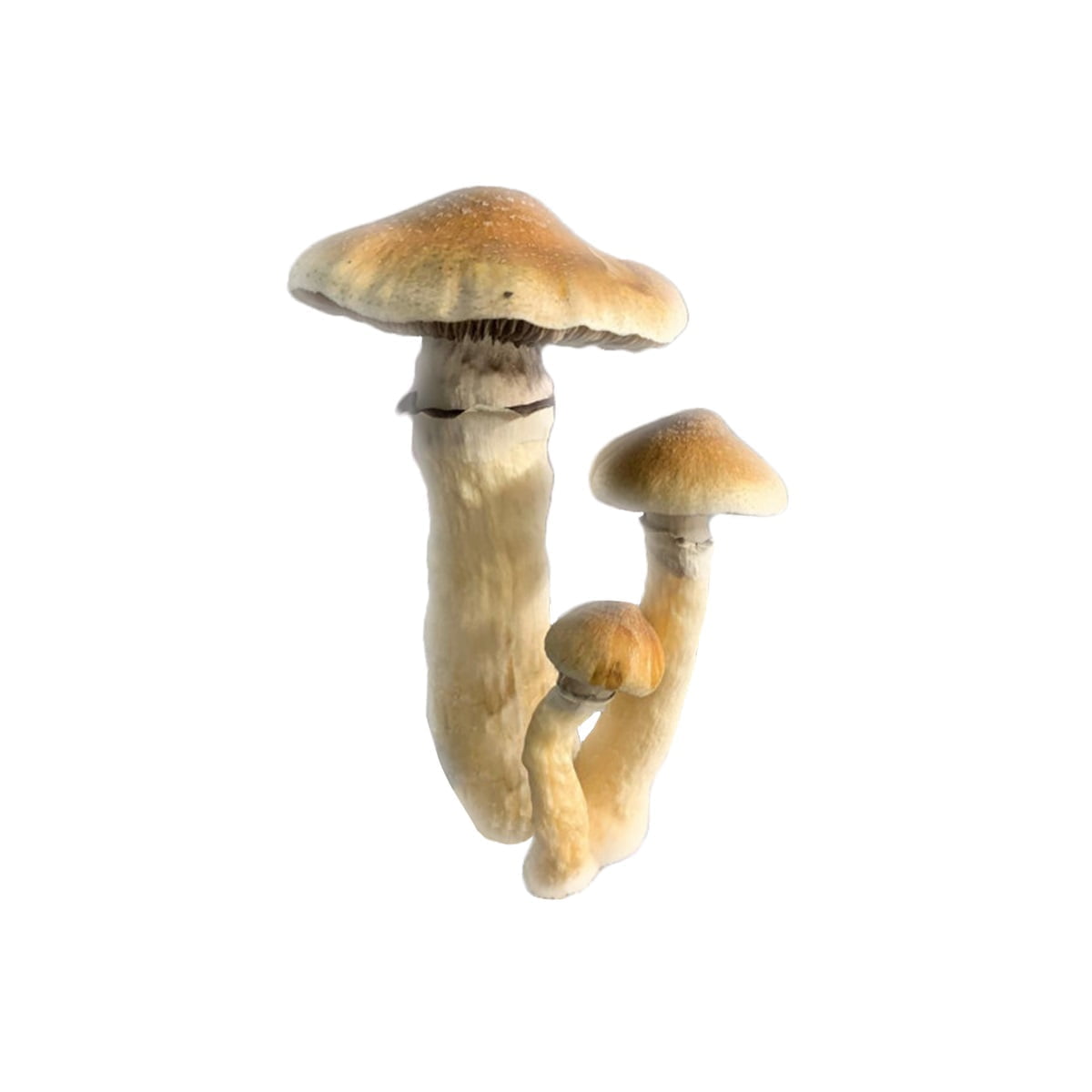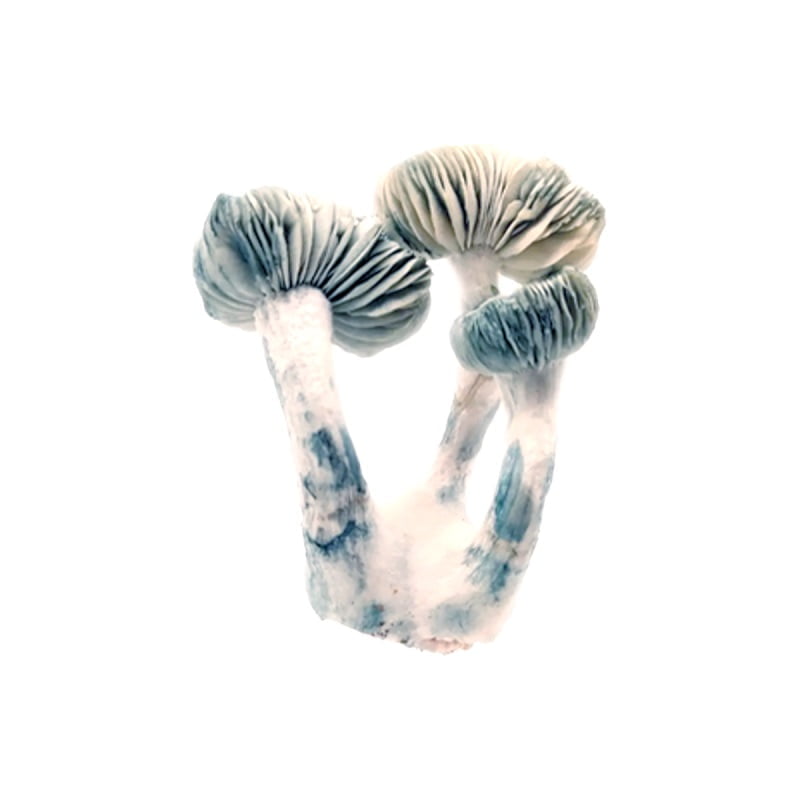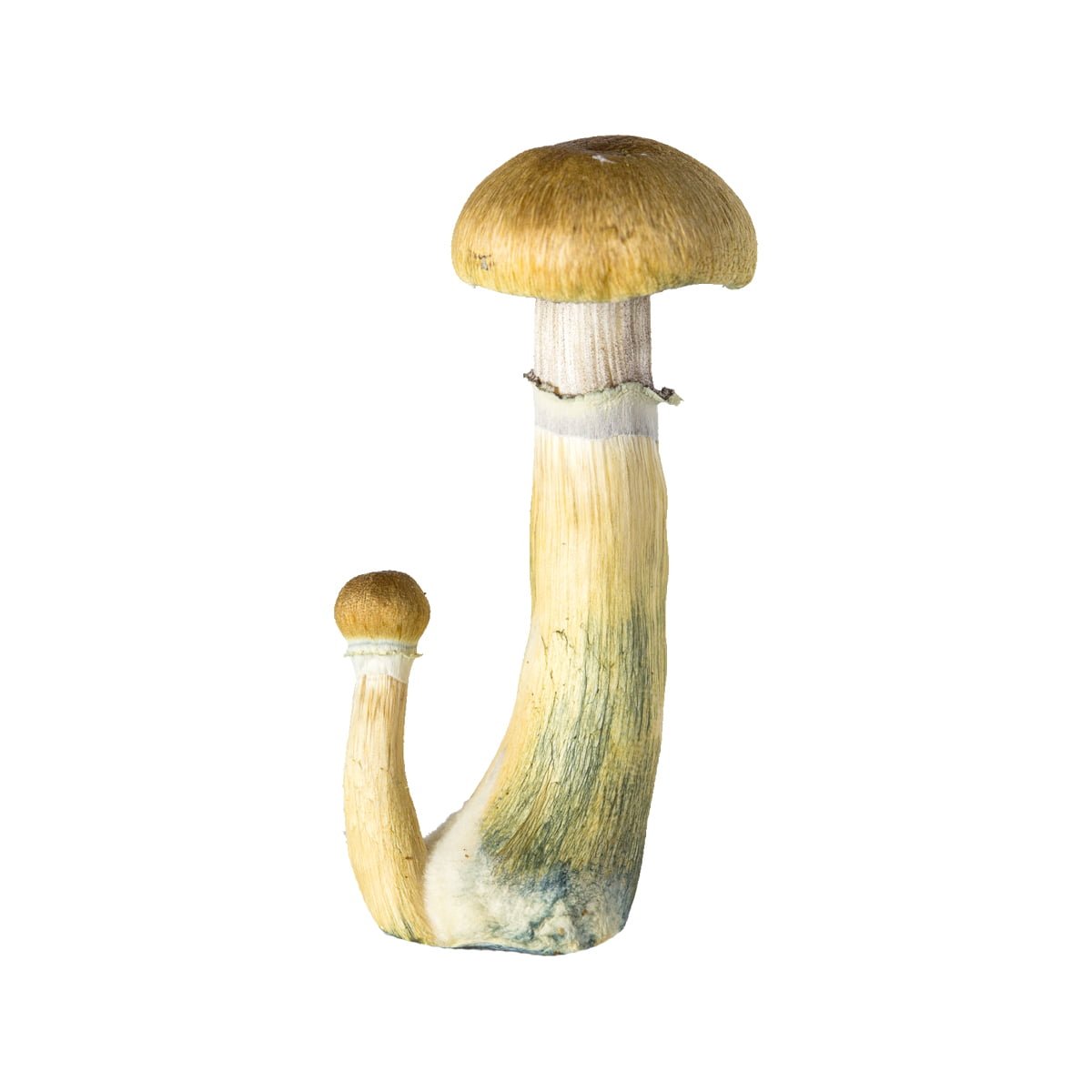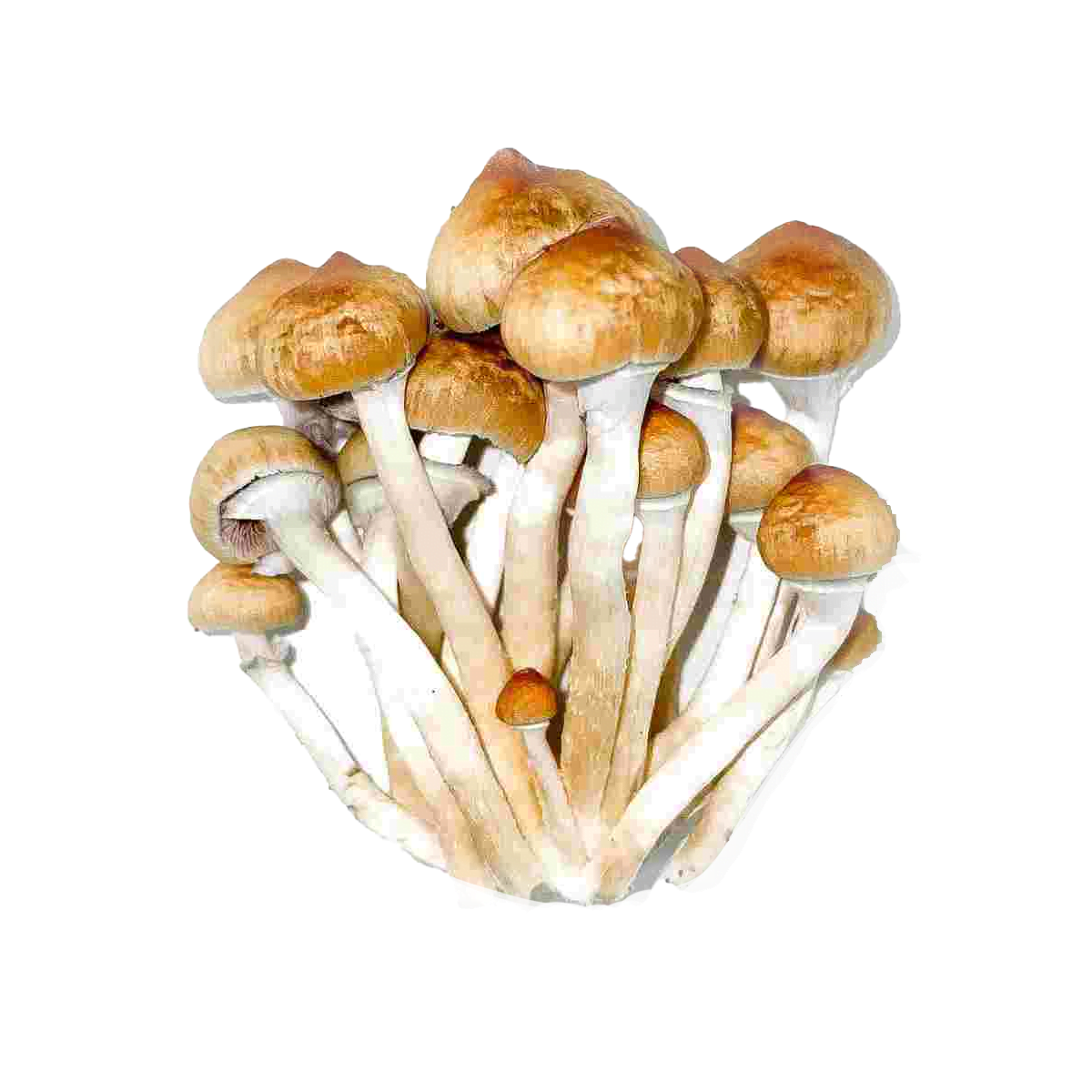Description
The “Ghost” strain of Psilocybe cubensis offers a unique perspective within the mycological community, renowned for its distinctive, almost spectral characteristics. This strain, sought after for research and educational exploration, stands out for its pale, translucent appearance, earning it the name “Ghost.”
Origin and Traits
Emerging from the diverse Psilocybe cubensis species, the Ghost strain is celebrated for its unique pigmentation, or lack thereof, distinguishing it from its more vivid counterparts. This strain’s elusive and rare presence in natural settings adds to its intrigue. The Ghost’s notable appearance is attributed to specific genetic traits, making it a prime subject for those intrigued by the genetic variation in fungi.
Genetic Diversity and Mycological Insights
From a mycological standpoint, the Ghost mushroom exemplifies the genetic diversity within the Psilocybe cubensis species. Investigating its pale pigmentation and morphological features offers valuable insights into fungal genetics, adaptation strategies, and ecological interactions. Such studies enhance our understanding of fungal biology, environmental adaptations, and the evolutionary dynamics of psychedelic fungi.
In summary, the Ghost strain of Psilocybe cubensis is a captivating topic in mycology, offering insights into the genetic diversity, psychoactive potential, and cultural significance of psychedelic fungi. Its unique traits and the compounds it harbors are invaluable for scientific research and educational purposes. The Ghost mushroom represents the intricate interplay between nature, science, and culture, encapsulating the profound mysteries and potential of these extraordinary organisms.

